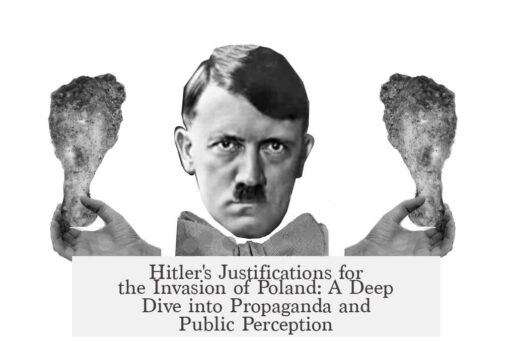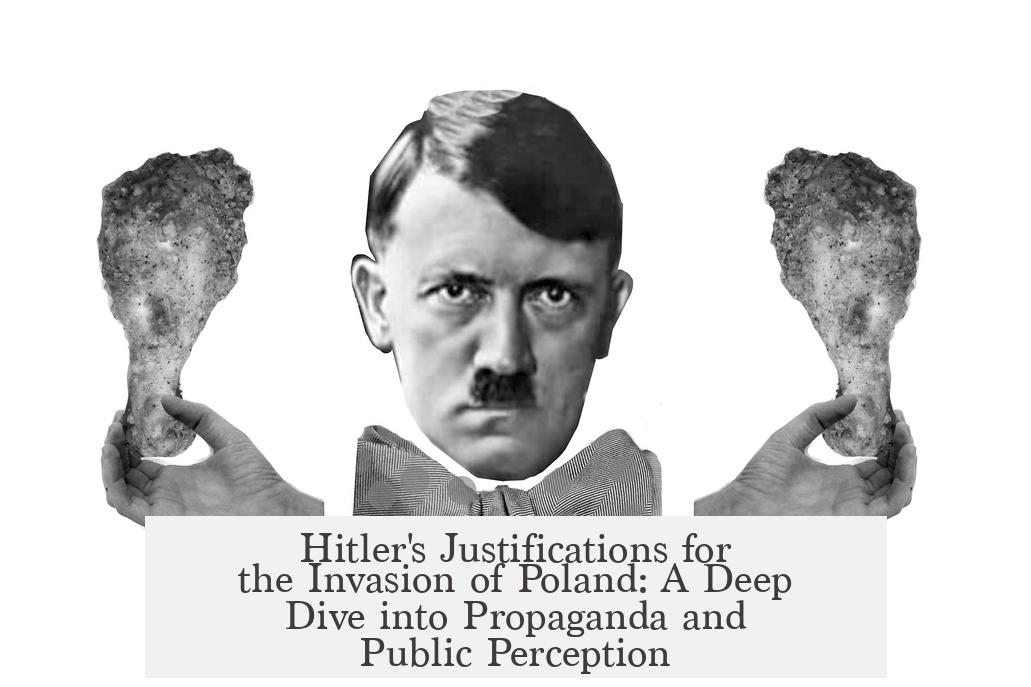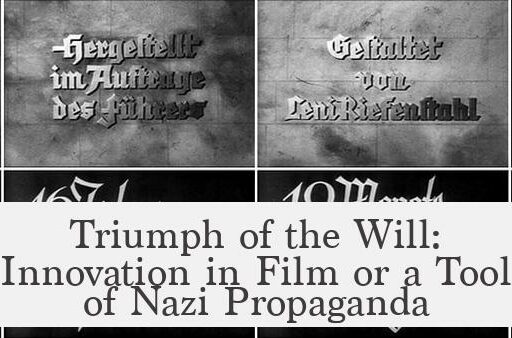Hitler justified the invasion of Poland to the German people primarily by presenting it as a defensive response to Polish aggression and as a rightful act to reclaim German territories and protect ethnic Germans living in Poland. This justification relied on fabricated incidents, exaggerated claims, and targeted propaganda designed to influence public opinion and mask Germany’s true offensive intentions.
To create a pretext for invasion, Nazi leaders staged false flag operations. Notably, the Gleiwitz incident on August 30, 1939, involved SS men disguised to appear as Polish saboteurs attacking a German radio station. They even used the bodies of concentration camp victims dressed to look like Polish attackers. Parallel staged “incursions” involved vandalism and planted bodies meant to simulate Polish aggression along the border. This orchestration provided Hitler with a seemingly legitimate cause to declare Poland the aggressor.
In a Reichstag speech delivered as German troops invaded, Hitler alleged that Poland had committed at least fourteen border violations, claiming Polish forces had fired across the border into Germany. These assertions were false but used to portray Germany as acting defensively. Nazi propaganda insisted on depicting the invasion as a counterattack against Polish provocations rather than an act of German aggression.
Propaganda efforts avoided labeling the conflict as “war.” Nazi media referred to military operations as “counterattacks” or defensive maneuvers. This framing aimed to convince both German citizens and international observers that Germany had no hostile intent and was simply protecting itself from Polish hostility. When Britain and France declared war on Germany in response, Hitler portrayed Germany as a victim rather than a belligerent.
Hitler exploited longstanding nationalist grievances connected to the Treaty of Versailles. Germany’s loss of territory to the resurrected Polish state still rankled many Germans. Large ethnic German populations remained within Polish borders, fueling desires for reunification. Propaganda emphasized this “historical injustice,” portraying the invasion as an effort to restore rightful German lands and protect ethnic Germans from alleged mistreatment.
To heighten public support, Nazi propaganda grossly exaggerated reports of Polish violence against ethnic Germans. For example, after violence erupted in Bromberg, the German media inflated casualty counts, falsely citing 58,000 Germans massacred by Poles. These claims justified brutal reprisals and stirred public outrage against Poland, presenting the invasion as a moral and protective necessity.
However, despite these propaganda efforts, the German public responded with surprisingly limited enthusiasm. Contemporary observers like journalist William L. Shirer reported a lack of celebration or war hysteria. The mood was anxious and somber, showing that the regime had to work hard to manufacture consent for the invasion through a carefully constructed narrative.
| Justification Method | Description |
|---|---|
| False Flag Incidents | Staging fake Polish attacks (e.g., Gleiwitz) to create casus belli |
| Claiming Polish Aggression | Alleging multiple Polish border violations and attacks |
| Framing as Defensive Action | Calling invasion a counterattack, avoiding the word “war” |
| Nationalist Sentiment | Appealing to desire to regain lost territories and protect ethnic Germans |
| Exaggerated Atrocities | Inflating Polish violence against Germans to justify reprisals |
| Managing Public Mood | Propaganda to offset public anxiety and lack of enthusiasm |
In summary, Hitler’s justification combined falsified evidence, distorted narratives, and nationalist appeals. He portrayed Germany as a victim defending its borders and ethnic kin. The fabricated incidents like Gleiwitz supported this portrayal. Inflated atrocity reports hardened German resolve. Despite that, public reception was cautious, showing the limits of propaganda’s reach in mobilizing popular support.
- Hitler used staged border attacks as false proof of Polish aggression.
- He framed the invasion as defensive, not aggressive, to the German public.
- Nationalist feelings about lost territories motivated support for invasion.
- Nazi media exaggerated Polish violence against ethnic Germans.
- German public reaction was subdued despite propaganda efforts.
How Exactly Did Hitler Justify the Invasion of Poland to the German People (and the Public at Large)?
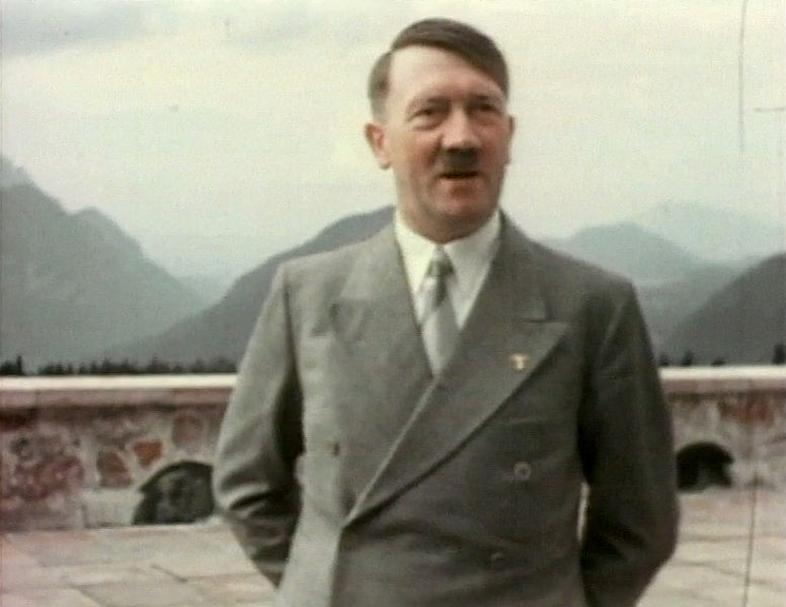
Hitler justified the invasion of Poland to the German people by fabricating provocations, pushing a propaganda narrative of Polish aggression, framing the invasion as defensive, appealing to nationalistic grievances over lost territories, exaggerating alleged Polish violence against ethnic Germans, and carefully controlling public perception to mask Germany’s true aggressive intent. But the story behind these justifications is much more tangled and revealing.
Let’s unpack how Hitler spun the invasion into something the average German could swallow, or at least be nudged to accept.
Fake Attacks: When Reality Takes a Vacation
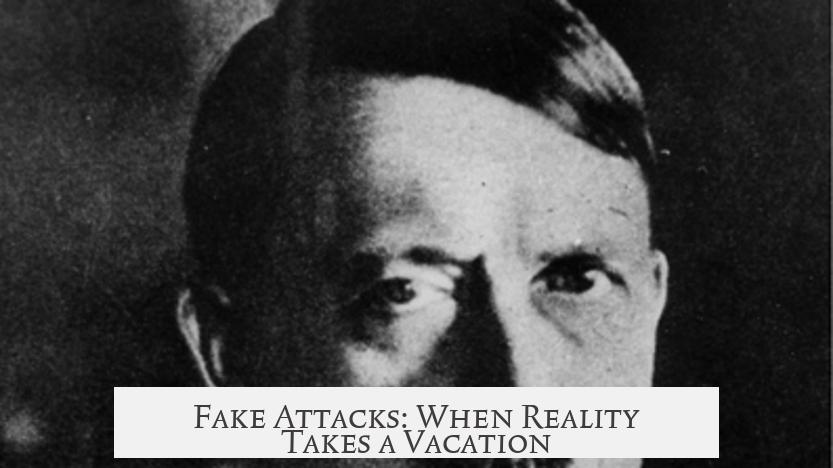
Picture this: On August 30, 1939, a tiny German radio station in Gleiwitz suddenly becomes the scene of a “Polish attack.” The reality? It was a sham. Nazi SS agents, speaking Polish and in some cases dressed as Polish fighters, stormed the station. Sounds like a spy thriller setup, right?
But this was no fiction for entertainment. The Nazis crafted this incident carefully, even placing deceased concentration camp prisoners’ bodies dressed to look like fallen Polish saboteurs at the scene. Other “attacks” took place simultaneously—homes vandalized, bodies posed as Polish soldiers—all staged to scream “Polish aggression!”
This was the classic “casus belli” (cause for war) fabrication. Hitler’s propaganda machine churned relentlessly to sell the story that Germany was the victim, not the aggressor. The Gleiwitz incident stands as a textbook example of a false-flag operation used to justify a military invasion.
Polish Border Violations? The “14 Offenses” Trick
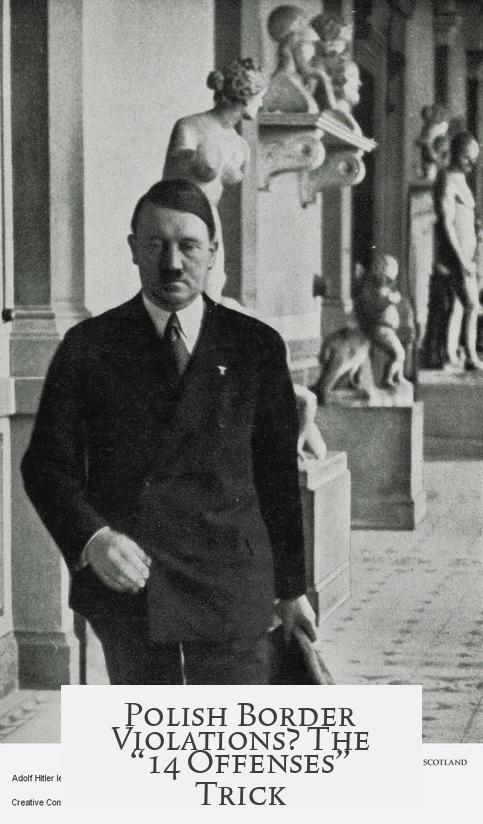
At the Reichstag, Hitler delivered a speech claiming Poland had committed at least fourteen border violations on a single day—August 30. He said Polish soldiers fired into German territory and caused unrest along the border. Were these claims based on fact? No.
These accusations were baseless but served a purpose: to portray Poland as an aggressor threatening peaceful Germany. That always helps stir up public emotions—fear, anger, and a desire to “defend” the homeland. Hitler played the victim card masterfully.
“Not War”—A Semantics Play to Dodge Blame
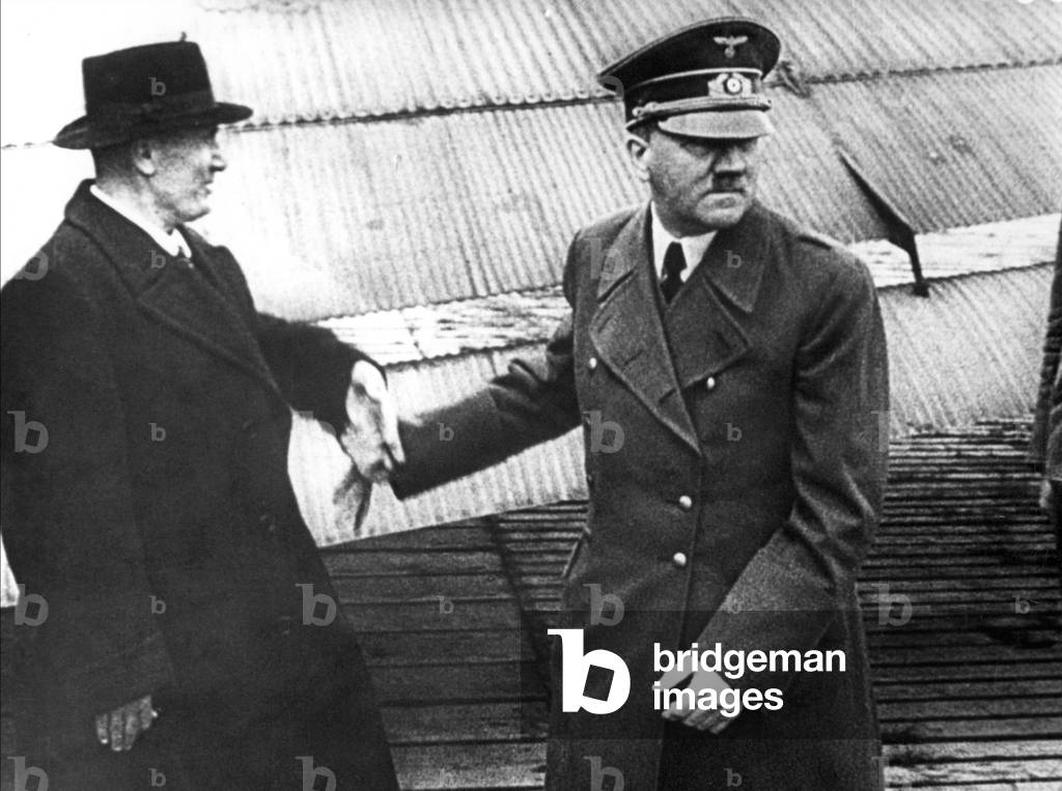
Here’s the kicker: While German troops crossed into Poland on September 1, 1939, Nazi newspapers and broadcasts avoided using the word “war.” Why? Because declaring war meant admitting to starting conflict. Instead, Nazi propaganda framed it as a “counterattack” or a “necessary defense.”
This linguistic dodge was no accident. When Britain and France declared war on Germany just days later, Hitler used this semantic loophole as proof that Germany hadn’t started the war—it was all Poland’s fault. It’s like saying, “I’m not fighting; I’m just pushing back.” Nice try, right?
Playing on National Grievances and Lost Lands
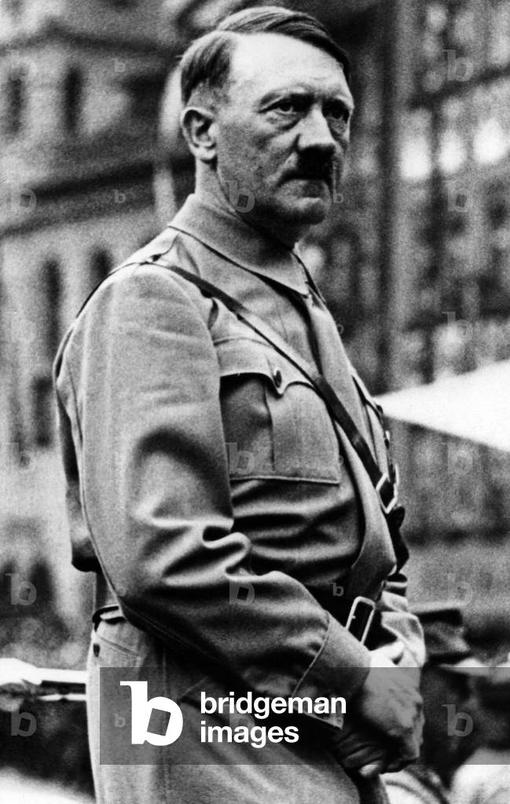
Let’s talk about feelings. After World War I, the Treaty of Versailles left Germany with painful territorial losses. A chunk of what Germans considered their rightful land was given to Poland. Plus, many ethnic Germans found themselves outside Germany’s borders.
Hitler seized this sentiment with precision. He reminded Germans of these “wrongful” losses and claimed the invasion aimed to restore rightful territories and protect ethnic Germans. Emotions ran high for many who saw this as reclaiming what was unjustly taken.
This nationalistic narrative gave a sense of legitimacy and even righteousness to the invasion. Suddenly, it wasn’t just aggression—it was a mission to heal wounds and restore honor.
Exaggerating Polish Violence to Stoke Public Fury
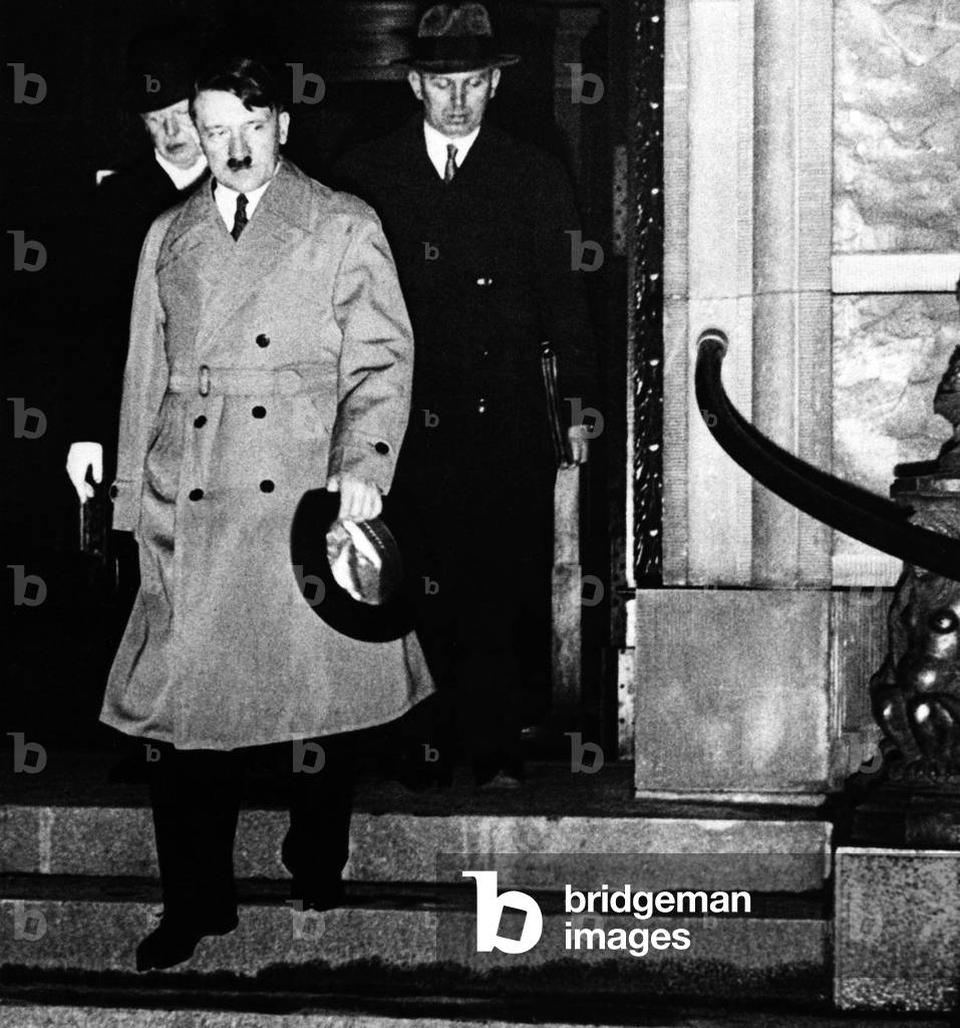
The Nazis didn’t stop at just fabricating border attacks; they also grossly exaggerated Polish mistreatment of ethnic Germans to fuel rage and justify severe reprisals.
Take Bromberg (Bydgoszcz) as an example. After sabotage incidents allegedly incited by Nazi agents, local Polish citizens clashed violently with the German minority. Nazi propaganda blew this out of proportion, claiming around 58,000 Germans were massacred—numbers wildly inflated.
This kind of scare tactic deepened hatred and helped rationalize brutal German police and military reprisals against Poles. The German public was fed a steady diet of distorted “facts” to keep the war fever boiling.
The Reality Check: German Public’s Mixed Feelings
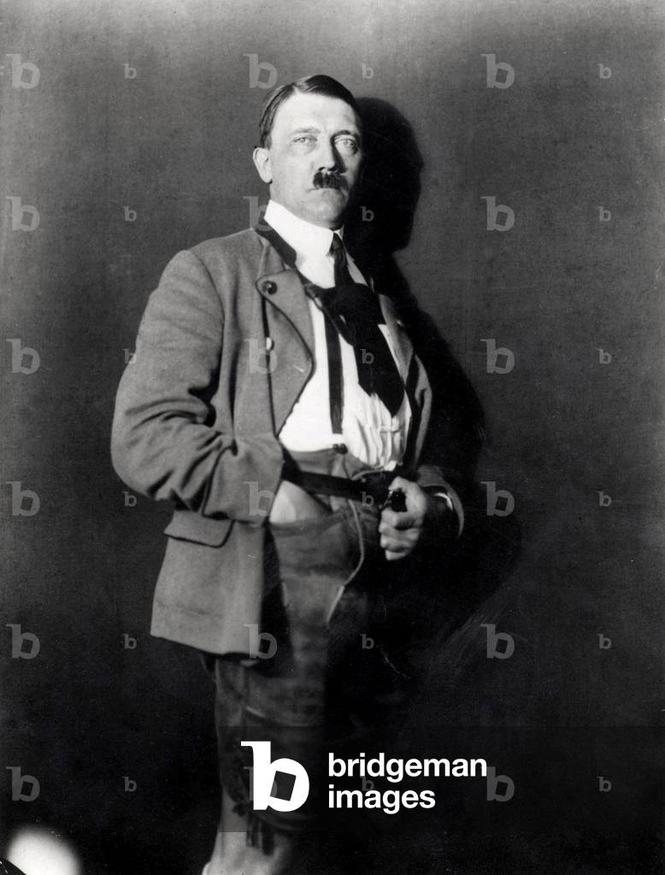
Despite the blitz of propaganda, reports suggest the German public met the invasion with anxiety and gloom, not wild enthusiasm. Journalist William L. Shirer noted “no hurrahs, no cheering, no war hysteria.”
This subdued mood indicates that without constant propaganda reinforcement, public support would have been shaky. It suggests that many Germans understood the gravity of war and harbored fears rather than excitement.
So, why the propaganda push? To build and maintain support in an uncertain and tense environment.
What Can We Learn from This?
Hitler’s justification for invading Poland shows the power—and danger—of propaganda. A leader can weave half-truths, outright lies, and emotional appeals into a persuasive narrative that sways public opinion.
It reminds us to question official accounts critically. Are purported “border violations” or “atrocities” independently verified? What interests do leaders serve in pushing a particular story?
For example, the Gleiwitz incident teaches that staged provocations may foreshadow larger conflicts. So, when a government cites such events as cause for war, healthy skepticism is crucial.
A Quick Recap
- Staged Incidents: Fake Polish attacks, like Gleiwitz, created a false pretext for war.
- Border Accusations: False claims of Polish aggression painted Poland as the enemy.
- “Not War” Framing: Avoided using “war” to dodge blame when conflict escalated.
- Nationalist Appeals: Tapped into resentment over lost land and ethnic German populations.
- Exaggerated Atrocities: Inflated stories of Polish violence increased public outrage and justified retaliation.
- Public Reaction: Despite propaganda, many Germans felt anxious, not victorious.
Final Thoughts
Hitler’s invasion of Poland was not justified by reality—it was justified by fabrication and clever propaganda. His ability to manipulate facts and emotions illustrates the dark side of nationalistic rhetoric mixed with state-controlled media.
Understanding these tactics is vital today. The stories told to justify war often hide inconvenient truths. And recognizing a manufactured “casus belli” helps us see beyond the spin, defending truth in turbulent times.
